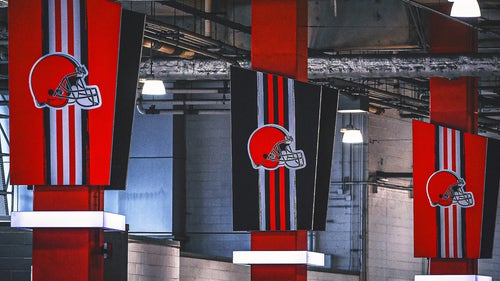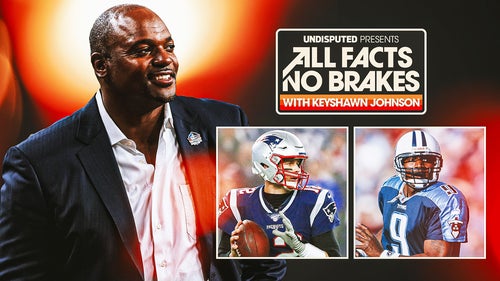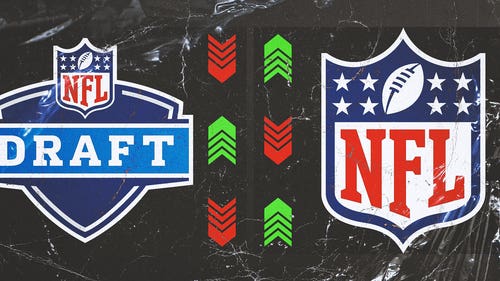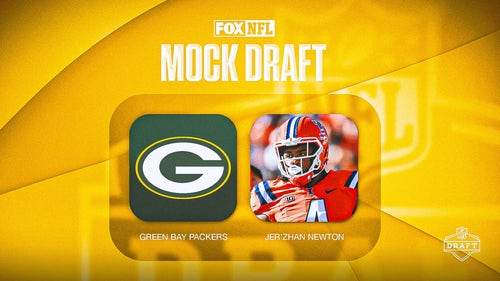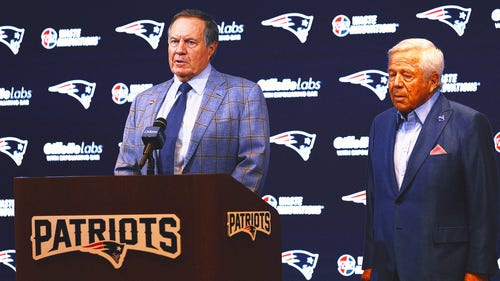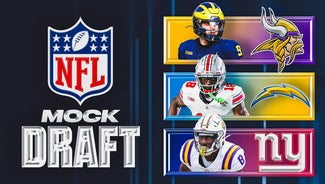
Meet the man behind Super Bowl jingles
Without music, Super Bowl commercials are like chips without salsa, cocktail weenies without ketchup and mustard. They lack oomph, bite and, in some cases, outright taste.
Enter Jonathan Elias of Elias Arts. He’s put the musical chili powder into the commercial recipes of some of the most famed Super Bowl spots over the past 30 years, some of which are still memorable today. Every Super Bowl viewer who watches for the commercials (admit it, you're one of us) will hear his work and hang on every note.
The Yahoo! yodel? That was his. The majestic Budweiser Clydesdales? Yep, he does those, too. The "Yo Quiero Taco Bell" Chihuahua? His work.
And Sunday, when an estimated 100 million viewers tune in to watch Super Bowl XLV (pregame at 2 p.m. ET, game time at 6 p.m. ET), Elias’ musical stamp of approval will be attached to nearly a dozen commercials FOX has sold for a reported $3 million apiece.
Elias gets paid big bucks to strike just the right note advertisers hope will persuade you, the viewer, to sample their products. Elias' process is an unusual one that involves cloak-and-dagger, nondisclosure agreements, entire orchestras, singers, yodelers and even in one case, a band of kazoos. And it's all done with the goal of creating a musical extravaganza that will catch the eyes and ears of viewers facing major distractions at Super Bowl parties.
In a FOXSports.com exclusive interview with FOX Business' Liz Claman, the Santa Monica, Calif.-based Jonathan Elias explained his approach to his craft:
Liz Claman: For which commercials have you composed music for this year’s Super Bowl?
Jonathan Elias: Let’s see. Three Budweisers, two Audis, one Chevrolet, one Cadillac and one Comcast.
LC: What’s the brainstorming process like for a Super Bowl commercial? How does it work?
JE: What I do is I’ll look at the commercial and I will come up with a few different ways that I think are good that could solve the needs of the commercial. If the spot is very energetic, I might want to put in a very slow backward piano. Or it could be an electronic version of “The William Tell Overture.” I’ll usually sell the client several different ways of solving their needs.
LC: How much time are you given to score a commercial?
JE: It works in so many different ways. One spot, Audi, we started in late September, but Comcast, we just finished. Some people really have their media planned way in advance. For instance, there’s no one that’s more of a Super Bowl veteran than Budweiser. They have a long history of knowing what they’re doing for the Super Bowl. Some of the other people are actually a little more nervous because this is a really, really big venue for them.
LC: So they hover more?
JE: Exactly. That’s a good word. The newcomers hover more.
LC: Do you try to make each spot different?
JE: I’ve worked on commercials where, you know, we’ve used full orchestras, and then I’ve worked on spots where it’s a solo piano. I’ve also done a lot of work with choral things, children’s choirs, I’ve brought in African choirs, I’ve worked with — oh, my gosh — over my career I’ve worked with eight kazoos, 10 whistlers, spoon players, saw players . . . ”
LC: Wait, what kind of players?
JE: S-a-w players. Oh, yeah, and yodeling. I did the Yahoo! yodel. I have worked on so many outrageous things that it’s fascinating.
LC: The Intel commercial last year where all the employees were singing . . .
JE: Oh, my god, I think we used 20 singers for that. And then we layered (the voices) many, many times. For something that was so simple, that was really difficult because we did low singers, layered them, then high singers, layered them. The Intel people wanted it enunciated. It was not as easy as one would think.
LC: Do you ever get “composer’s block," a moment where you just couldn’t come up with something?
JE: No. Never had it.
LC: Have you ever had something you thought was just perfect but was rejected by the client?
JE: Every day . . . (but) advertising is a very, very collaborative business. And if you’re going to do it well, you have to be collaborative.
LC: In other words, you can’t say, "I am a genius, don’t touch my work," like Howard Roark in The Fountainhead.
JE: You can say it, but you’ll be saying it in a padded room somewhere. I must say that I cannot remember — except once — where I thought something was perfect and it was accepted without changing one note. I’ve been doing this over 30 years now and only that one time was nothing changed.
LC: What was that one time?
JE: I did a spot for Nike called “Nike Move.” It was a 90-second spot, and they didn’t change a note. It’s actually one of my favorite spots I’ve ever done. I won an AICP (Association of Independent Commercial Producers) award for it for “Best Music.”
LC: So in some cases, you get the Super Bowl spots weeks in advance. How do you keep them under wraps? Isn’t it all top secret? Do all your musicians have to sign nondisclosure agreements because these commercials are kept under lock and key before the game?
JE: Yes, yes. Everything is nondisclosure. We did the Bud Bowl commercials for many years, with the cans and bottles playing football. Everyone wanted to know what the final score was of the Bud Bowl, but we had all signed nondisclosure agreements, so of course I couldn’t tell. I never told any of my friends, but every quarter I already knew the score.
LC: The one you did that sticks out most in my mind ran during Super Bowl 2002, just after 9/11 with the Budweiser Clydesdales called “Respect.”
JE: Ohhh, yes.
LC: The horses were tromping through the snow, making it to New York City and then bowing on their knees at Ground Zero. What was it like to score that one?
JE: Back then, no one wanted to touch 9/11. Certainly no advertiser really wanted to touch it. It was kind of forbidden because it was obviously just too emotional for everyone and no one knew how to handle it. Then when I saw the commercial, I thought, "Wow, (Budweiser) had a lot of character to be able to really do this." I loved it.
LC: I heard when you scored it that some of the musicians got emotional.
JE: All the people we had working on the commercial were very emotional about it because it was just so touching and, I thought, extremely well done.
LC: When did you first realize you had a talent for marrying the perfect music to an ad?
JE: I was one of those weird kids who made up stories on the piano when I was really little, 5, 6 years old. Then I started lessons and I loved it. I got into composition when I was 11. I went to school for conducting and classical composition at the Eastman School of Music in Rochester (N.Y.). I never thought that I was going to be a composer for commercials and films. I never thought that. I thought I was going to be a teacher, but when I was 21 and a senior in college, someone who knew someone who knew someone who needed some electronic music for a trailer for the original Alien asked me to put together a piece. I sent the piece in, and they loved it. In fact, they put it in the opening titles and it started my career.
LC: Super Bowl commercials have become almost as much a draw as the game itself. We hear this year a 30-second spot is going for $3 million. With so much money on the line, when you finally settle in for Super Bowl night, are you more interested in the commercials than the game?
JE: I enjoy the game more than the commercials because the commercials are work for me. While all my friends love watching them and they laugh and say, "Which ones did you do?" — you know, for me, I’m looking at the spots saying, "Hmmm, I could have done that differently."
LC: When one of the commercials you scored comes on during the Super Bowl in your house, what’s that like?
JE: My kids get more of a thrill out of it than I do. They’ll say, “Shhhh! Shhhh! That’s Dad, that’s DAD!!”







































































































































